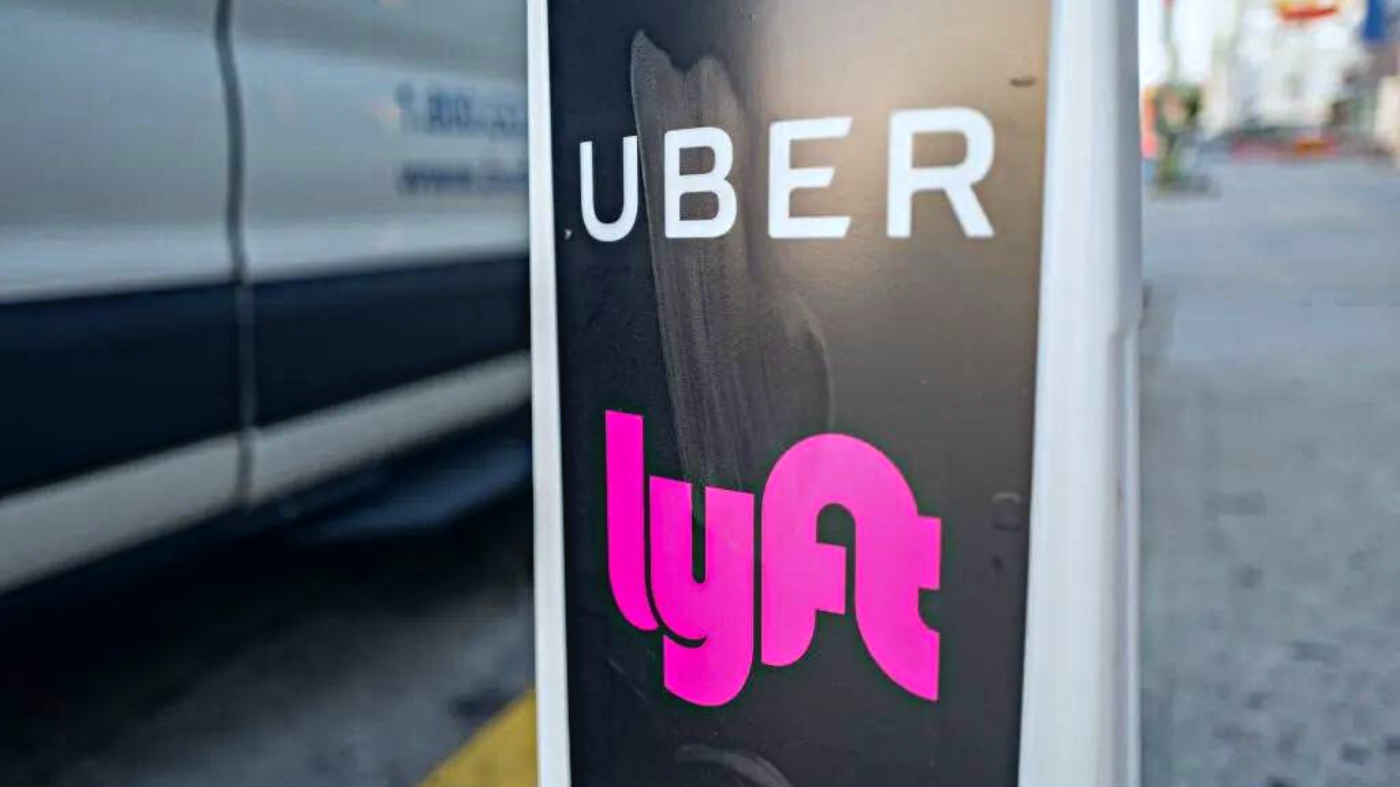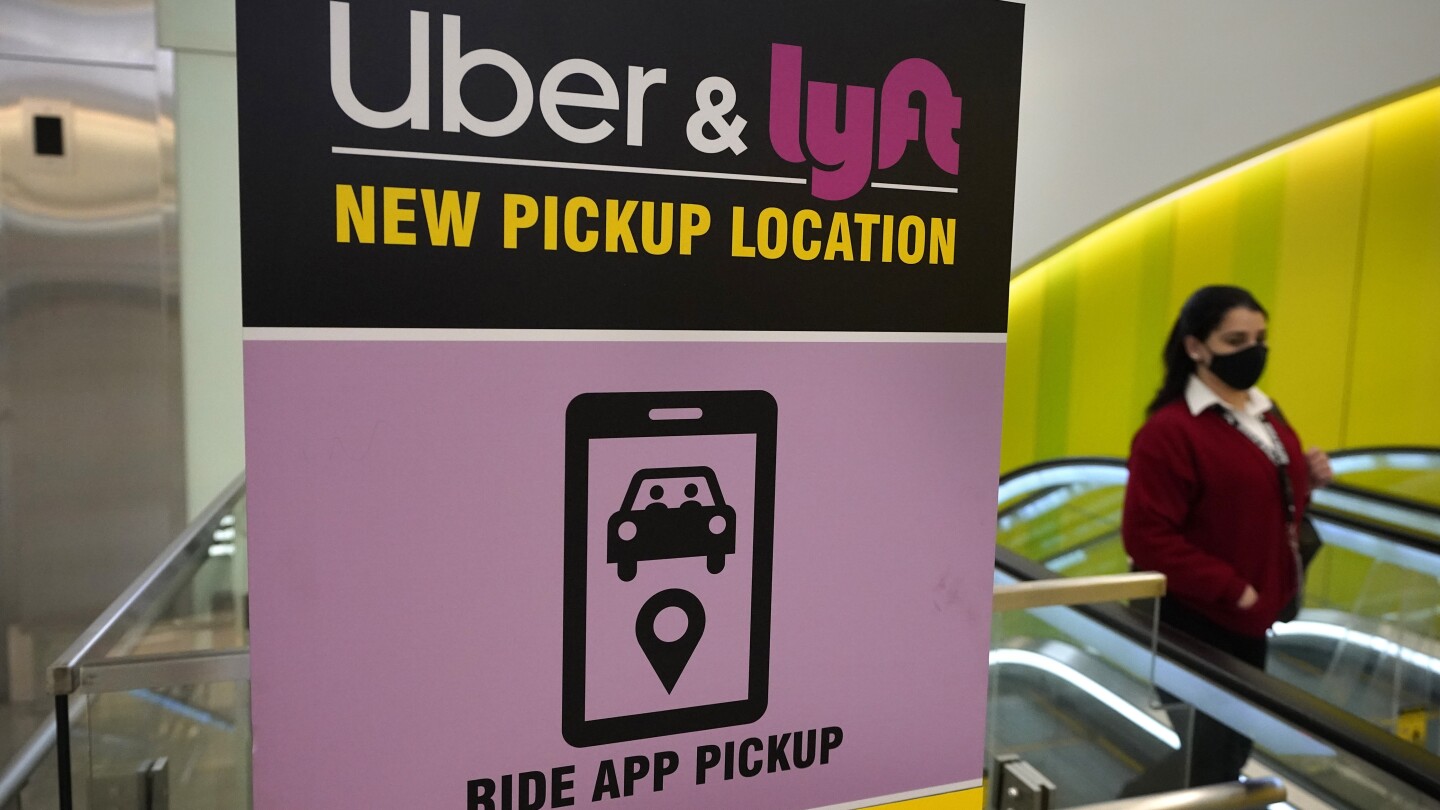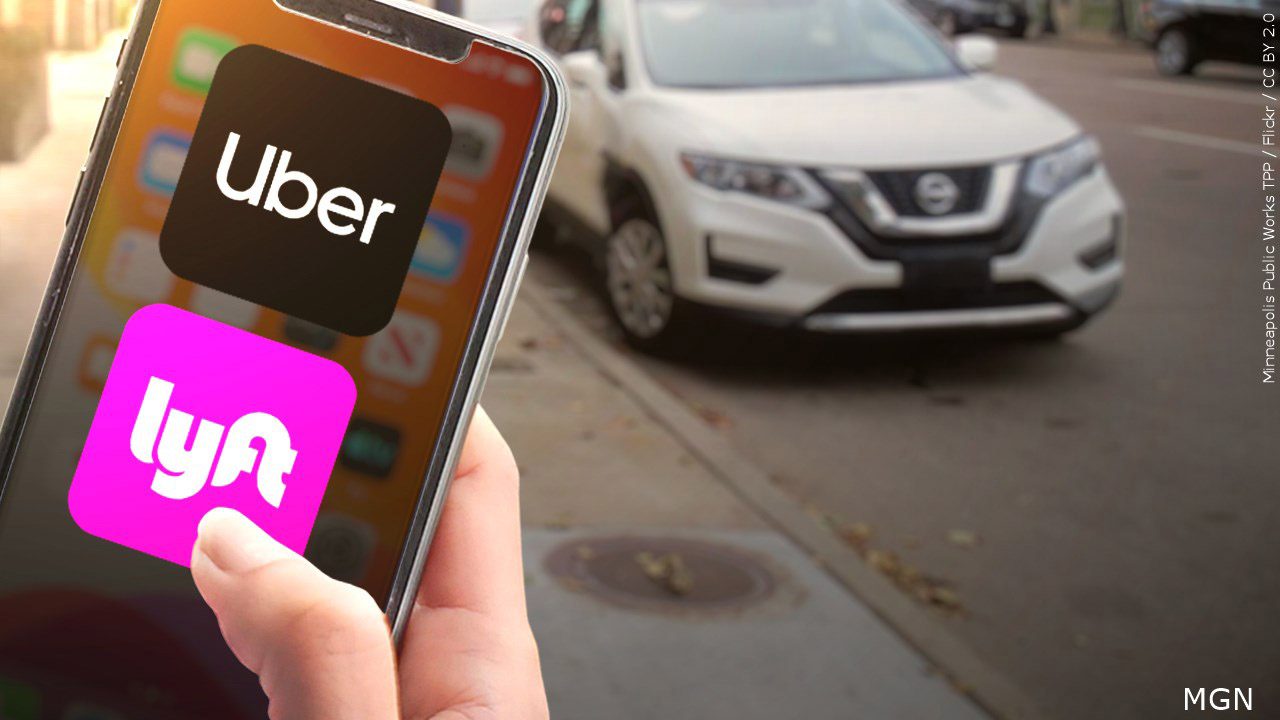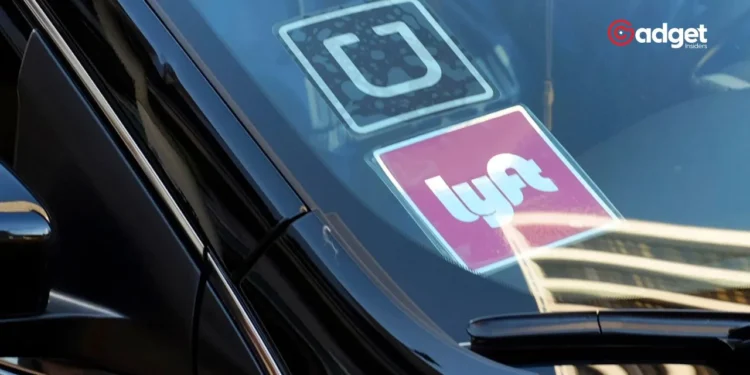In a significant development for the gig economy in Minnesota, Uber Technologies, Inc. (NYSE:UBER) and Lyft, Inc. (NASDAQ:LYFT) have announced that their drivers will benefit from increased pay rates starting January 1, 2025.
This change comes as a result of a groundbreaking law that sets new minimum wage standards for ride-hailing services in the state. This decision not only affects the financial well-being of thousands of drivers but also marks a pivotal moment for investor strategies in this sector.

The Details of the Deal: A Closer Look at the New Pay Rates
Under the new legislation, which has garnered support from Governor Tim Walz and is expected to be signed into law, drivers will earn no less than $1.28 per mile and $0.31 per minute.
These rates are a significant increase from previous earnings and align closely with the figures recommended by a recent state study. The study suggested that fair compensation would range between $0.89 and $1.207 per mile and $0.487 per minute.
TechCrunch highlighted the benefits of the new law, noting that it not only establishes better pay but also includes provisions like vehicle insurance and injury compensation for drivers. These protections mirror successful models in places like New York City, where similar measures have significantly improved the working conditions for gig workers.

Balancing Act: The Impact on Drivers and the Market
While the pay increase is a win for drivers, it introduces new dynamics into the pricing structure of rides. The legislation is a compromise designed to benefit all stakeholders but could lead to higher costs for riders. This aspect reflects the delicate balance policymakers must maintain to foster a fair gig economy that supports workers without overburdening consumers.
Lobbying Efforts and Financial Insights
The path to these changes wasn’t smooth. Both Uber and Lyft spent a substantial $220,000 on lobbying in Minnesota in 2023, reflecting the high stakes involved. Despite these efforts, Governor Walz had initially vetoed a version of the bill, citing concerns over potential increases in ride-hailing costs for Minnesota residents.
On the financial front, Uber’s recent fiscal reports indicate a mixed but promising outlook.
Despite a slight miss on expected revenue and earnings per share, the company has shown robust growth in trips and mobility profitability. Similarly, Lyft has demonstrated substantial market gains, reflected in a 98% increase in its stock value over the last year. These factors are crucial for investors considering exposure to these stocks through vehicles like the ProShares On-Demand ETF and the Amplify Travel Tech ETF.

Conclusion: What This Means for the Future
The adjustment in pay rates for Uber and Lyft drivers in Minnesota is more than a policy update; it’s a transformative shift that could set a precedent for other states. By ensuring fair compensation for gig workers while maintaining a sustainable business model, Minnesota is leading the way in adapting to the evolving dynamics of the gig economy. For investors, staying informed on these changes is vital as they could significantly impact the profitability and operational strategies of ride-hailing giants.
As we watch these developments unfold, the gig economy remains a compelling narrative of innovation, struggle, and the continuous pursuit of balance between progress and profitability. Whether you’re a driver, a regular user of ride-sharing apps, or an investor in the tech-driven marketplace, these changes in Minnesota are a bellwether of the broader shifts in the industry.










